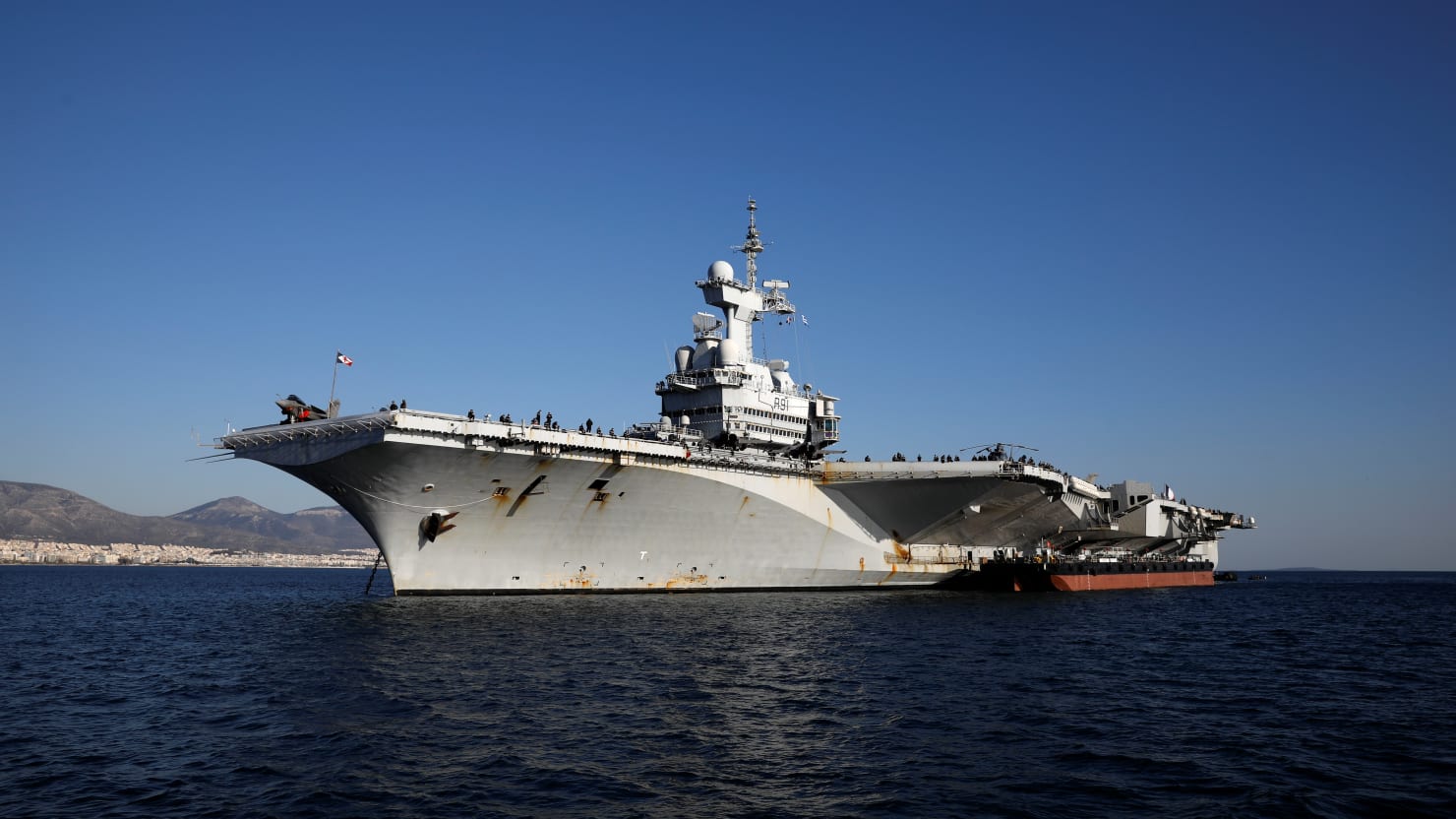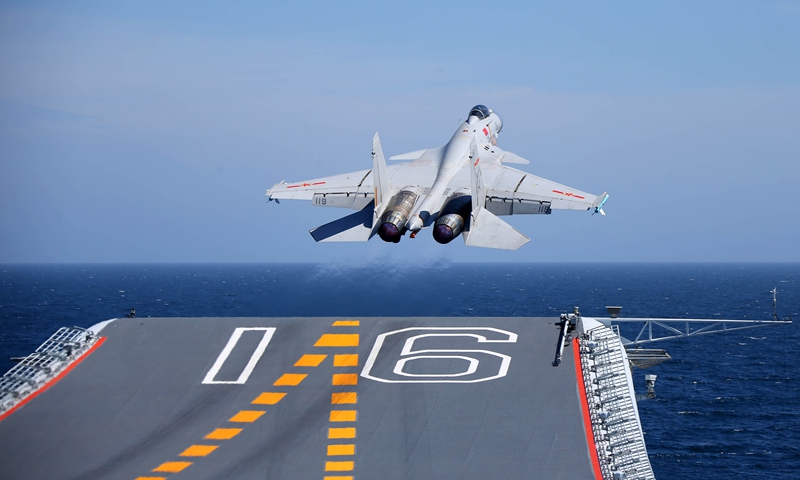China’s ‘Most Advanced’ Aircraft Carrier, Fujian, To Begin Sea Trials This Year; Aims To Challenge US Navy’s Dominance
Fujian, China’s third and most technologically advanced aircraft carrier, is anticipated to begin sea trials this year, expanding its advanced naval fleet to rival the US Navy.
The Fujian is China’s largest and most sophisticated warship to date. It represents a crucial step in Xi’s plan to upgrade the military and close the military technology gap with the US.
The ship’s vice-captain announced the sea trails in a video message released on December 3. Qian Shumin said that China must take charge of all the sea trials-related work in the coming year and help the military achieve its [Two Centenaries] goals.
China hopes to achieve the second aspect of President Xi Jinping’s “Two Centenaries” ambitions to put the country at the forefront of global powers by 2049 when it celebrates its centenary.
The ship was launched in June and is currently being geared up at the Jiangnan Shipyard near Shanghai. Simultaneous mooring trials were started in September to shorten the delivery period.
The fit-out phase, which comes after the vessel’s launch and before sea trials, sees the ship getting ready for delivery and marks the end of construction.
The systems aboard a ship, from mechanical equipment to power propulsion, are tested during mooring trials to see how effectively they function individually and collectively.
“President Xi [Jinping] specifically mentioned the launch of the Fujian in his New Year’s message. As a member of the Fujian ship, we are deeply proud and honored,” Qian said, referring to the ship’s inclusion on Xi’s list of China’s triumphs from the previous year.
President Xi mentioned on December 31 that Fujian is anticipated to have a significant presence in the Taiwan Strait. China’s third aircraft carrier is comparable to the USS Gerald R. Ford, the only other warship with cutting-edge electromagnetic catapults.
The Chinese President further added that he genuinely hopes that citizens on both sides of the Taiwan Strait will cooperate and share a common goal to contribute to the long-term prosperity of the Chinese nation.
Challenges Faced By The PLA Navy
Beijing has achieved considerable advances in the naval arena in recent years. The powerful Chinese Navy has been expanding its footprint in the Indo-pacific region to challenge the US and its allied countries.

Since mid-December, the Liaoning, China’s first aircraft carrier, and the ships that escort it have been engaging in training drills in the western Pacific. On December 30, it was seen sailing close to the US territory of Guam.
However, it seems that the modernization of the PLA Navy has produced substantial operational challenges. The People’s Liberation Army’s official newspaper, PLA Daily, recently acknowledged that the military lacks the trained personnel to handle cutting-edge weaponry.
The newspaper revealed that the vice-captain of the Type 056 corvette, Zhangye, has not yet passed a vital training test. The report noted an indirect but rare acknowledgment of a shortage of highly trained individuals.
The report stated that either ship maintenance or scheduling issues caused the delay. It did not, however, specify the deadline for the evaluation. According to the article, Vice-Captain Wang Yubing is merely one of several navy personnel whose training has been postponed.
Nevertheless, the report highlighted an important issue. As China accelerates the modernization of the People’s Liberation Army, it lacks high-tech knowledge, preventing current equipment from being used to its full capacity.

Additionally, it was previously revealed that China allegedly hired Western-trained fighter pilots to train its People’s Liberation Army (PLA) pilots. These actions appear to have been taken to ensure its air force thoroughly understood Western air warfare techniques.
Furthermore, the Chinese Navy still lacks a fighter trainer tailored for carrier-based operations despite deploying its first aircraft carrier a decade ago.
In contrast to the ski-jump designs of China’s first two carriers, the Fujian has sophisticated electromagnetic catapults. The Navy must therefore learn a new procedure for launching and recovering aircraft.
The PLA is thought to have needed at least 200 qualified carrier-based fighter jet pilots to fly 130 ship-borne aircraft. China is confident that the United States and its allies will step in to neutralize a potential conflict involving Taiwan.
In that circumstance, their pilots will be required to face the better-trained western fighter pilots. Beijing must therefore overcome these obstacles if it wants to compete with the US military in the region.
- Contact the author at ashishmichel(at)gmail.com
- Follow EurAsian Times on Google News











No comments:
Post a Comment
How did you like the post, leave a comment. I would appreciate hearing from you all. Best wishes from JC's Naval, Maritime and Military News